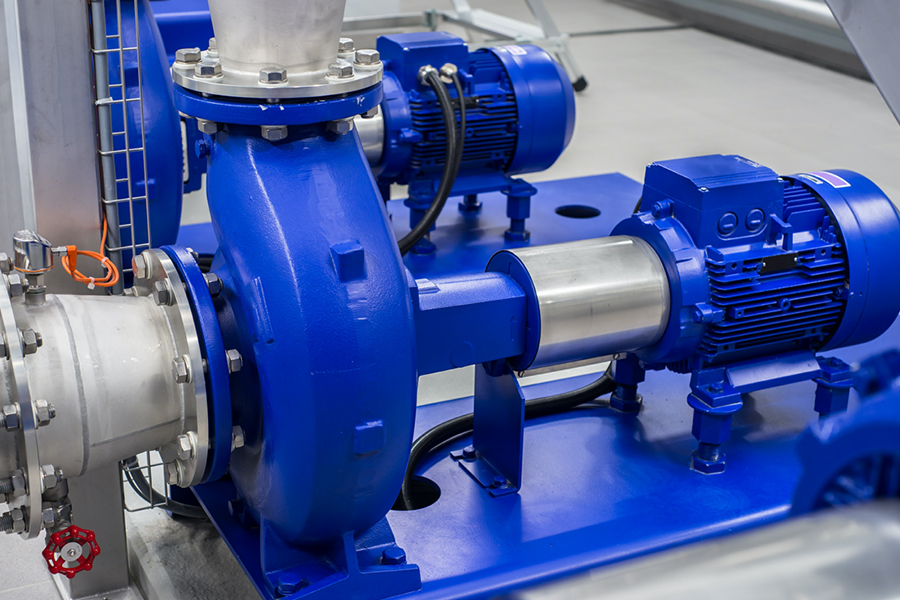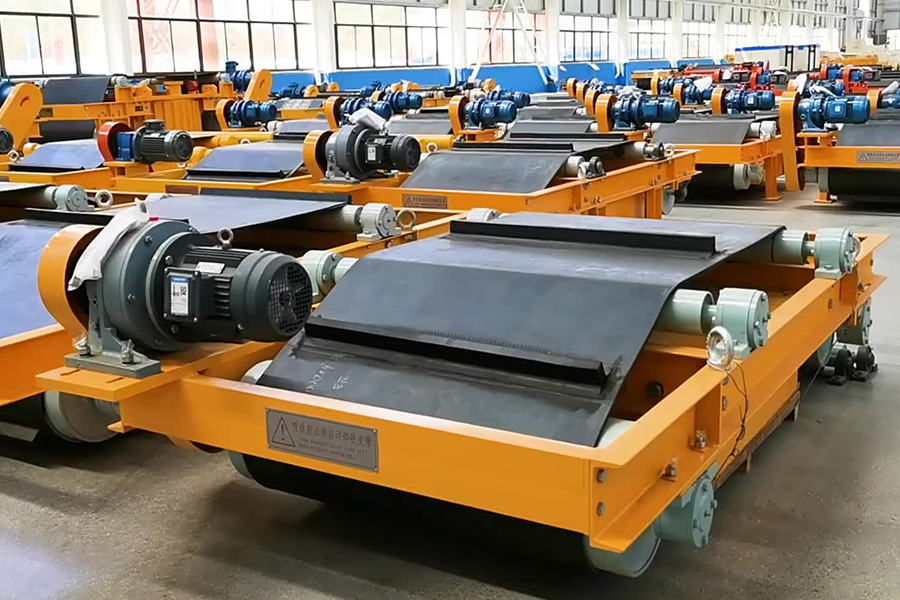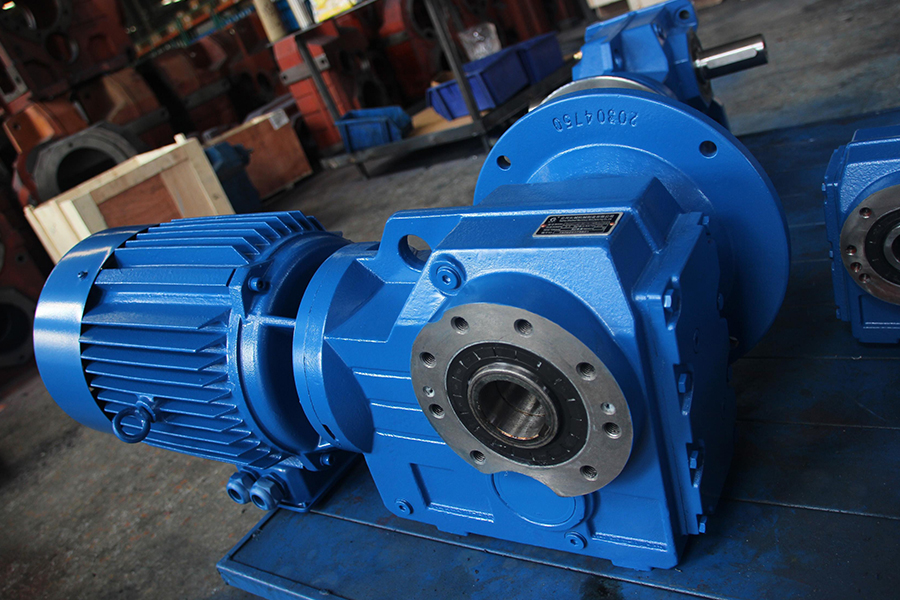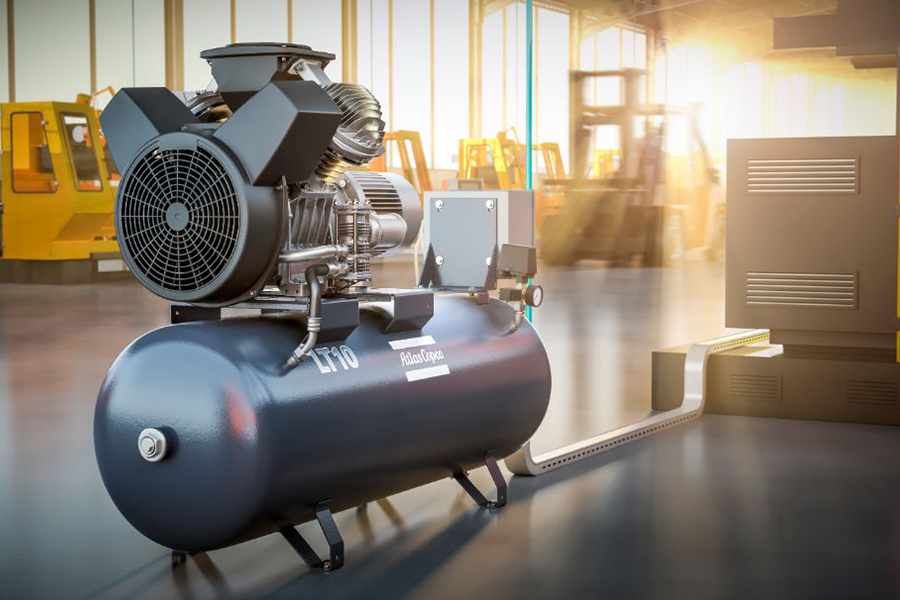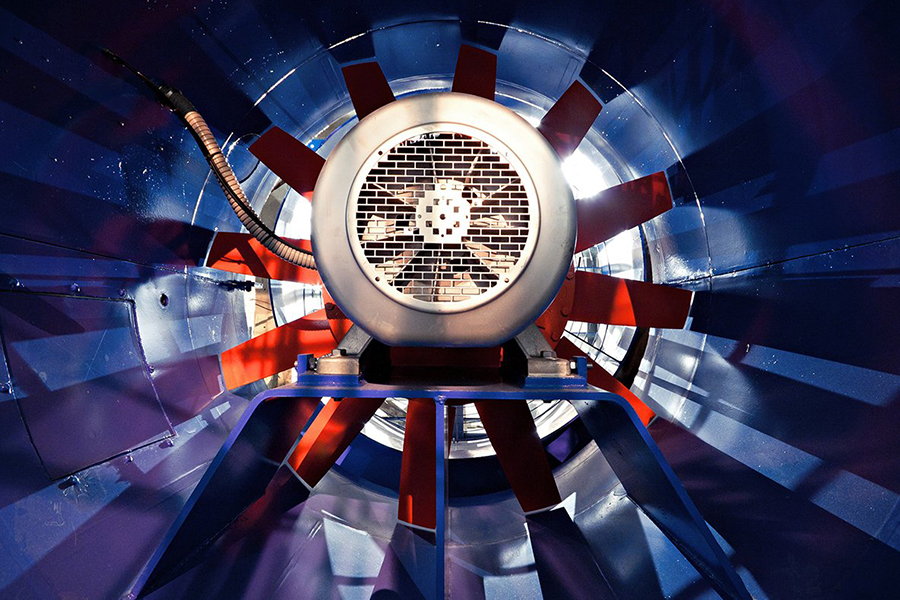The evolution of asynchronous motors has been a cornerstone of progress, driving efficiency and reliability in various applications. This article delves into the intricacies of asynchronous motors, particularly focusing on the transition from traditional three-phase to emerging single-phase systems.
Asynchronous motors, also known as induction motors, have long been favored for their robustness and simplicity. They operate by inducing currents in conductors to produce torque, making them ideal for a myriad of industrial tasks ranging from pumps and compressors to conveyor belts and fans.
Historically, three-phase asynchronous motors have dominated industrial landscapes due to their balanced power delivery and predominant performance. However, the widespread adoption of single-phase power systems in residential and small-scale commercial settings has prompted the need for efficient single-phase motor solutions in industrial environments.
The challenges in developing single-phase asynchronous motors lie in overcoming the inherent imbalance and fluctuation in power characteristic of single-phase supplies. Engineers have tackled these hurdles through innovative designs and advanced control mechanisms.
One notable advancement is the utilization of split-phase winding configurations in 3 phase single phase motor. By creating a phase shift between windings, these motors can mimic the balanced operation of their three-phase counterparts, improving efficiency and reducing vibration.
Furthermore, the integration of electronic variable speed drives (VSDs) has revolutionized motor control, enabling precise regulation of speed and torque. VSDs not only enhance the performance of asynchronous motors but also contribute to energy savings by matching motor output to load demands.
In addition to technological innovations, research efforts have focused on optimizing materials and manufacturing processes to enhance motor reliability and longevity. Advances in insulation materials and cooling techniques have extended the operational lifespan of asynchronous motors, reducing maintenance costs and downtime.
The versatility of asynchronous motors extends beyond conventional industrial asynchronous motors applications. With the rise of renewable energy sources, such as wind and solar, asynchronous generators play a vital role in converting mechanical energy into electrical power. Single-phase variants offer flexibility in distributed generation setups, catering to remote or off-grid locations.
Moreover, the advent of Industry 4.0 technologies has ushered in an era of smart motor systems, where sensors and data analytics enable predictive maintenance and real-time performance monitoring. This proactive approach small unplanned downtime and maximizes productivity, further enhancing the value proposition of asynchronous motors in industrial settings.
In conclusion, the evolution of asynchronous motors represents a convergence of traditional engineering principles with modern innovations. From the dominance of three-phase systems to the emergence of single-phase solutions, the journey towards efficiency and sustainability continues to drive progress in industrial motor technology. As industries adapt to changing power dynamics and technological paradigms, asynchronous motors remain at the forefront of powering the future.
In the pursuit of greater efficiency and sustainability, ongoing research aims to further refine the performance of asynchronous motors. One avenue of exploration is the development of advanced control algorithms that optimize motor operation in real-time, taking into account factors such as load variations and environmental conditions.
Additionally, efforts are underway to enhance the interoperability of asynchronous motors with renewable energy sources and energy storage systems, facilitating seamless integration into smart grid networks. Collaborative initiatives between academia, industry, and government agencies are driving innovation and accelerating the adoption of asynchronous motor technology across diverse sectors.
Looking ahead, the future holds promise for continued advancements in asynchronous motor design, ushering in an era of enhanced performance, reliability, and environmental stewardship. As industries embrace these innovations, asynchronous motors will remain indispensable assets in powering the infrastructure of tomorrow.

 English
English 中文简体
中文简体 عربى
عربى



